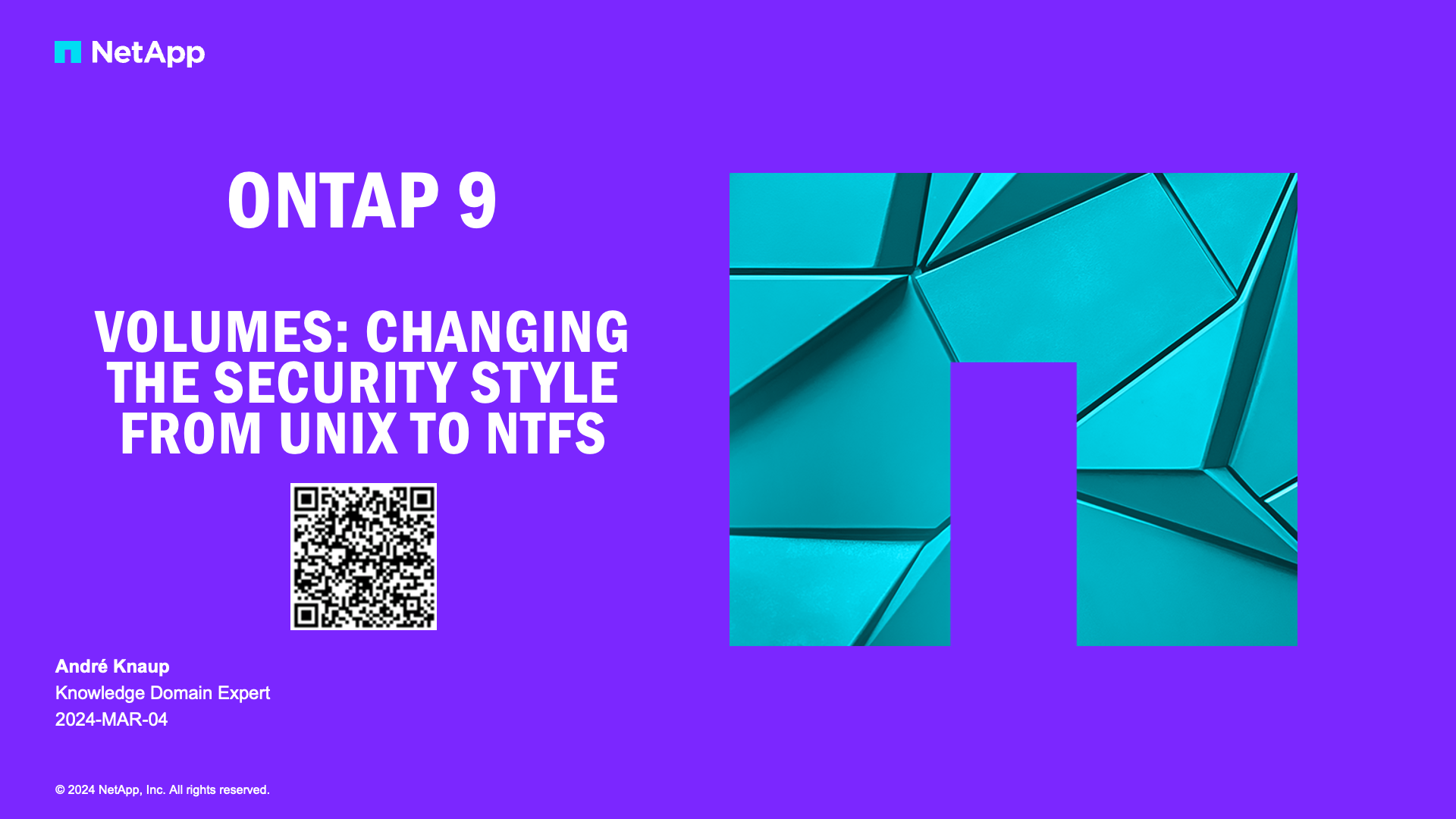NetApp Learning Services Discussions
- Home
- :
- NetApp Learning Services
- :
- NetApp Learning Services Discussions
- :
- Consistency point snapshot
NetApp Learning Services Discussions
- Subscribe to RSS Feed
- Mark Topic as New
- Mark Topic as Read
- Float this Topic for Current User
- Bookmark
- Subscribe
- Mute
- Printer Friendly Page
- Mark as New
- Bookmark
- Subscribe
- Mute
- Subscribe to RSS Feed
- Permalink
- Report Inappropriate Content
What is consistency point snapshot?
Do we able to access that snapshot?
Thanks
A.Saran
Solved! See The Solution
- Mark as New
- Bookmark
- Subscribe
- Mute
- Subscribe to RSS Feed
- Permalink
- Report Inappropriate Content
Consistency Point:
a CP is triggered whenever the Filesystem reaches a point where it wants to update the physical data on the disks, with whatever has accumulated in Cache (and was journaled in NVRAM).
Snapshot:
a SnapShot is created whenever the snap-schedule is configured to trigger it or any other operation (SnapManager, SnapDrive, SnapMirror, SnapVault, Administrator) creates a new SnapShot. Creating a SnapShot also triggers a CP, because the SnapShot is ALWAYS a CONSISTENT IMAGE fo the Filesystem at this point in time.
You can access a SnapShot by many ways, e.g. mapping the network driveletter to a CIFS Share and then change into the ".snapshot" directory (or ~snapshot).
You cannot access a CP, because this is a process happening internaly in the filesystem.
Hope this answers your question,
Peter
- Mark as New
- Bookmark
- Subscribe
- Mute
- Subscribe to RSS Feed
- Permalink
- Report Inappropriate Content
Its not a snapshot. Its a CP created when triggering a snapshot.
- Mark as New
- Bookmark
- Subscribe
- Mute
- Subscribe to RSS Feed
- Permalink
- Report Inappropriate Content
What was the diff b/w snapshot and consistency point?
- Mark as New
- Bookmark
- Subscribe
- Mute
- Subscribe to RSS Feed
- Permalink
- Report Inappropriate Content
Consistency Point:
a CP is triggered whenever the Filesystem reaches a point where it wants to update the physical data on the disks, with whatever has accumulated in Cache (and was journaled in NVRAM).
Snapshot:
a SnapShot is created whenever the snap-schedule is configured to trigger it or any other operation (SnapManager, SnapDrive, SnapMirror, SnapVault, Administrator) creates a new SnapShot. Creating a SnapShot also triggers a CP, because the SnapShot is ALWAYS a CONSISTENT IMAGE fo the Filesystem at this point in time.
You can access a SnapShot by many ways, e.g. mapping the network driveletter to a CIFS Share and then change into the ".snapshot" directory (or ~snapshot).
You cannot access a CP, because this is a process happening internaly in the filesystem.
Hope this answers your question,
Peter


